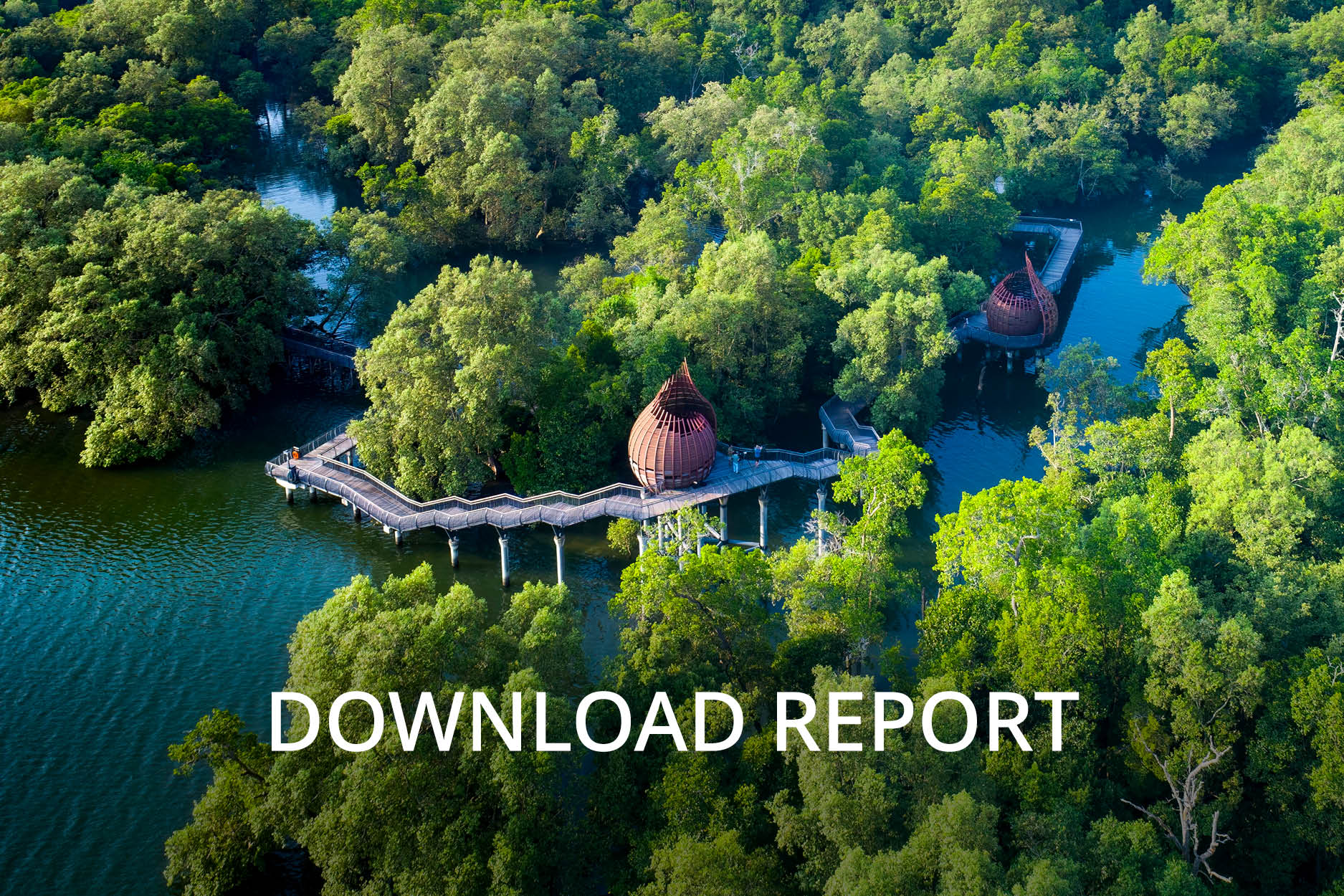Internet e-conomy in SE Asia — 5 Key Takeaways for Any Entrepreneur
Earlier this week, a new research report documenting the state of the burgeoning Southeast Asia (SEA) internet economy was jointly released by Google and Temasek at the inaugural e-conomy Southeast Asia conference.
We summarised the key insights from the various discussions, below:
1. Humongous Opportunities Lie Ahead
Southeast Asia’s internet economy, spearheaded by the e-commerce, leisure travel, and online gaming and digital advertisements sectors, is expected to grow to about US$200 billion by 2025, from US$31 billion last year.
To realise these opportunities, the region needs an injection of up to US$50 billion worth of investments over the next 10 years. Aspiring entrepreneurs and savvy investors, it is time to take note!
2. Untapped E-commerce Potential
Currently, SEA’s e-commerce market contributes a mere 2-4% of total retail sales, a figure significantly lower than the 14% that China’s e-commerce industry contributed in 2015.
Nick Nash, Group President at Garena, a Singapore-based platform provider for online and mobile entertainment and communication, describes SEAs e-commerce industry as an “under-penetrated market,” where the vast majority of online transactions are in informal markets ― or as he calls them, “electronic version of wet markets,” such as online blog shops.
“There is an enormous opportunity… to organise this, bring it to a shared platform and then to go for the 96% of the market who isn’t even online yet,” says Nash.
3. Vast Number of Start-ups
Currently, there are about 7,000 start-ups in SEA, and a whopping 80% of them are located in Singapore, Indonesia and Vietnam. This creates huge opportunities for start-ups to move into other, largely untapped, SEA markets. In the region, just five start-ups make up 65% of total investments; Grab, PropertyGuru, Trikomsel, Qoo10 and iCarsclub.
According to the report, the Philippines and Thailand have a nascent start-up scene with a strong potential in e-commerce and logistics. The number of start-ups in this region is expected to grow, as evidenced by the fact that in just four years venture capital funding grew more than 10 times to US$1.1 billion by 2015.
“From a growth perspective that’s fantastic. But keep in mind that this figure is one-fourth the amount raised in Israel alone last year, and less than one-fifth the amount invested in India,” says Rohit Sipahimalani, Joint Head, Portfolio Strategy & Risk Group, and Joint Head, India at Temasek.
“As we have more success stories coming out of the region, that will start to attract more capital,” says Sipahimalani.
4. More Funding Needed
Venture capital (VC) investment in SEA accounted for 0.04% of the region’s Gross Domestic Product in 2014. That number is much lower than the 0.15%, 0.25% and 0.30% in China, India and the US, respectively.
“Singapore companies got the bulk [72%] of the region’s estimated US$1.1 billion VC funding, with 16% going to Indonesian start-ups,” explains Sipahimalani. He attributes this imbalance to the city-state being home to the majority of the region’s largest companies, which have easier access to capital than start-ups based elsewhere around the region.
SEA markets generally have young demographics, rising middle-income groups, and growing internet adoption rate, especially mobile, making them hotbeds for entrepreneurial activity, which VCs could capitalise.
5. Hurdles to Cross
While there are bountiful opportunities for VCs in SEA countries other than Singapore, Indonesia and Vietnam, there are constraints potentially hindering the growth potential of start-ups. These include large populations without bank accounts, substandard internet connectivity, poor logistics infrastructure ― especially in the last-mile delivery sector, a lack of technology talent, and high instances of fraud, which is resulting in low customer confidence in online transactions.
That said, the challenges associated with investing in SEA could be seen as an advantage. The somewhat testing conditions mean start-ups who do approach VCs for funding have already covered all their bases, making them a more viable investment. “Capital [in SEA] has a higher hurdle rate for the quality of opportunity it’s chasing,” says Nash.
See full research findings on Southeast Asia's potential $200 billion dollar internet 'e-conomy' below:
Read related article: 5 Trends Making SE Asia the Next Big e-Commerce Market
